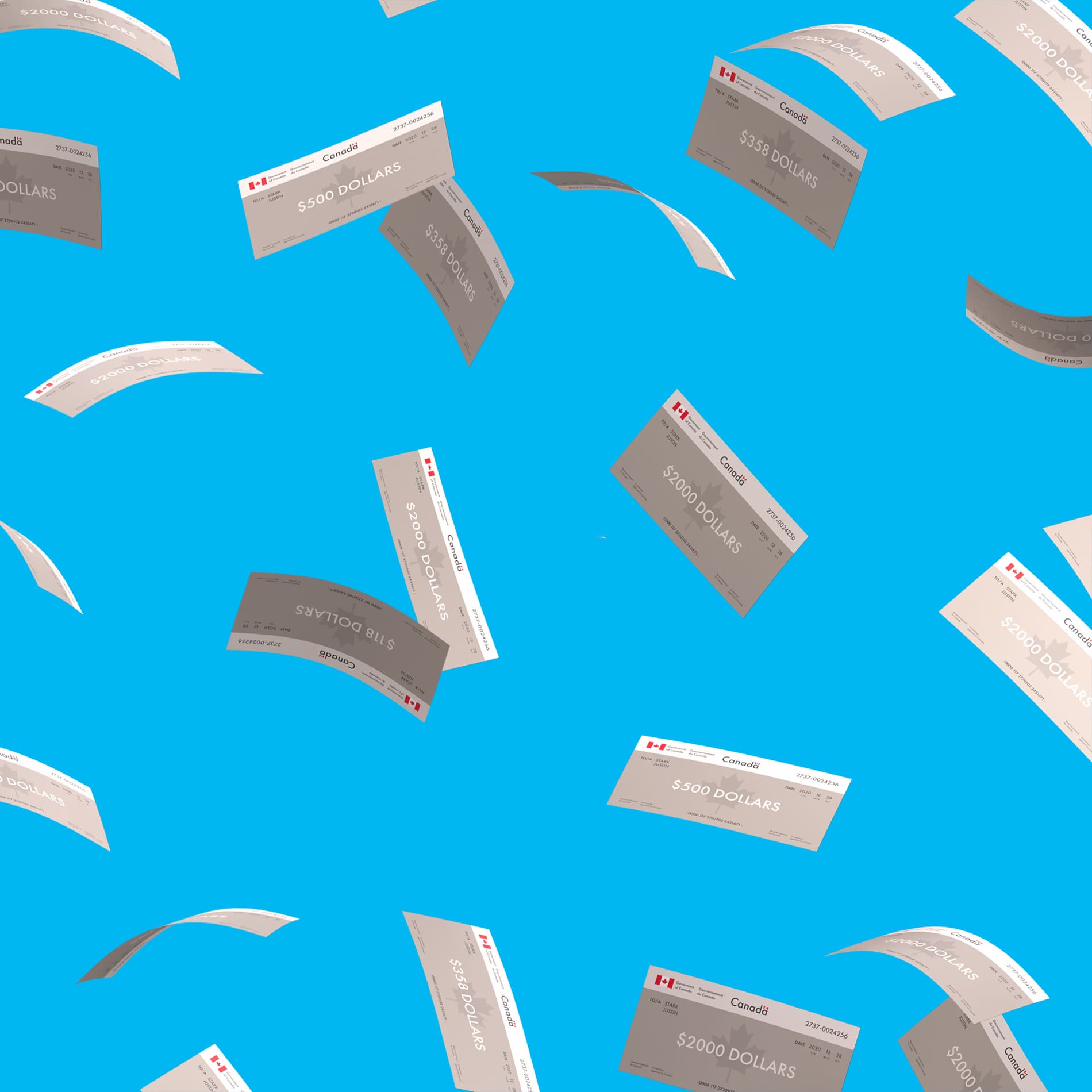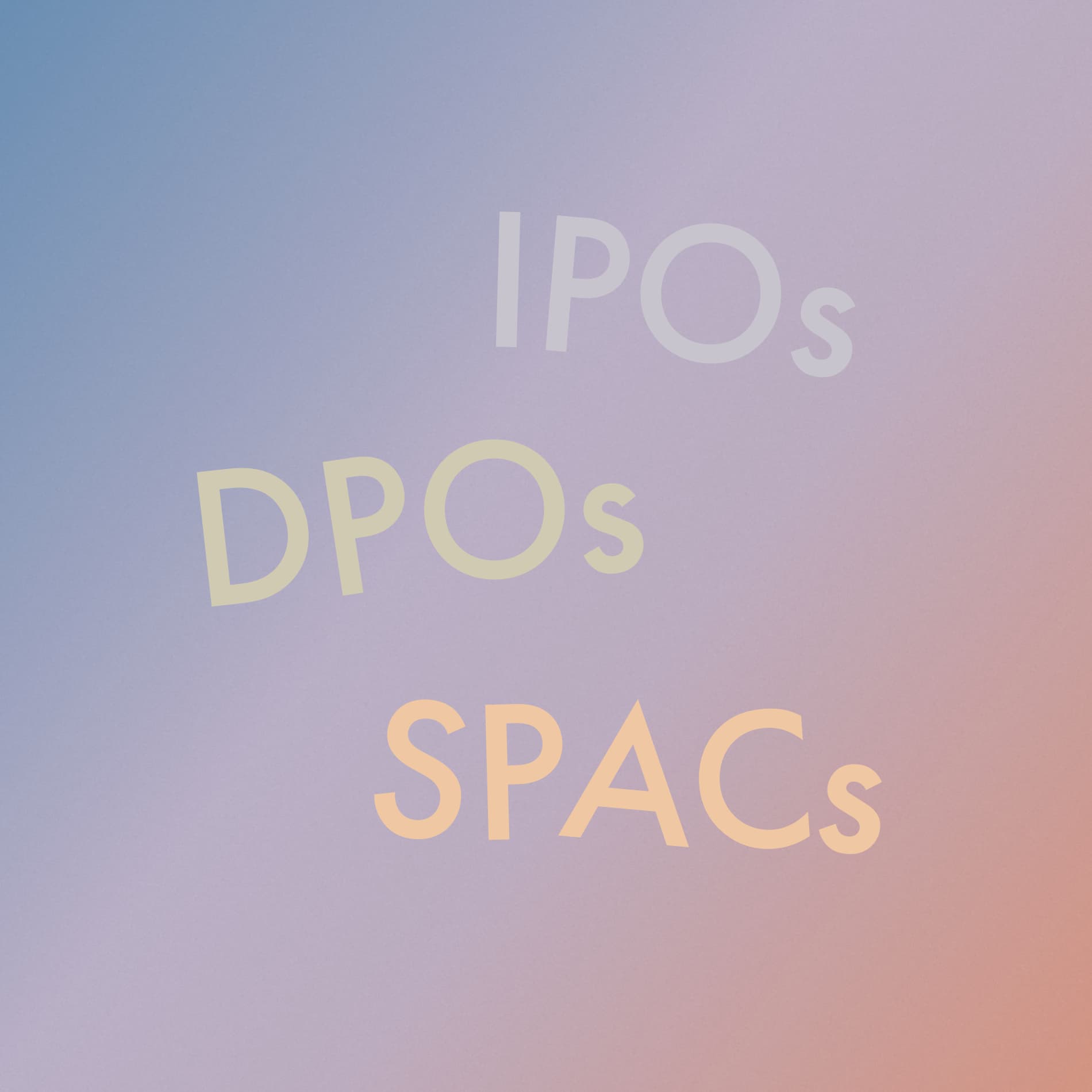
Finance for Humans
A Six-Step Financial Plan for Every Human (or at Least Every Canadian)
Whether you just landed your first job or inherited a million dollars, the basics of what to do with your money are the same.
Wealthsimple makes powerful financial tools to help you grow and manage your money. Learn more

Sign up for our weekly non-boring newsletter about money, markets, and more.
By providing your email, you are consenting to receive communications from Wealthsimple Media Inc. Visit our Privacy Policy for more info, or contact us at privacy@wealthsimple.com or 80 Spadina Ave., Toronto, ON.
It’s a tough time to know what the right financial move is. Interest rates and inflation are high, and investors are questioning which direction markets will go next. Fortunately, there are some smart things you can do right now regardless of all the big economic unknowns. One concept we talk about a lot at the TLDR offices is called the waterfall method (here’s a video version!), which tells you what to do with your money no matter how much you have. And it’s simple. Imagine a bunch of tiered pools: your money (the water) has to fill up one before moving on/cascading into the next. Here’s how it flows:
Kill high-interest debt. Do you have any debt with an interest rate above 7ish%? (If you have credit-card debt, you likely do!) If so, pay it down first. Why? Well, odds are that any returns you make from investing will be less than the interest you pay on your debts, which sort of defeats the whole purpose.
Build an emergency fund. OK, so you’ve paid off your high-interest debt. Time to invest, right? Almost. First, you should stash away three to six months of living expenses in a savings account or somewhere else low risk. That way, if you get fired or your car spontaneously combusts, you’ll have enough liquid cash to ride things out without taking on … high-interest debt. Which would put you back at step one.
Maximize your employer match. At last! It’s time to invest! So, where to begin? If your employer matches contributions to a Group Retirement Savings Plan (GRSP), start there. You can contribute as much as 18% of your income, and employers typically match 3–6%. For example: if you made $60K and your company matches 5% of your salary — your company will give you an extra $3,000 in income to put toward retirement. Not taking advantage is like refusing 5% of your salary.
Max out your tax-advantaged accounts. The government, as an incentive to save for retirement, offers two special investment accounts. An RRSP reduces your declarable income so that you pay less tax now, while with a TFSA your proceeds aren’t taxed, so you pay less tax later. (We’ve got a guide that explains the differences in greater detail.) If you invest outside these accounts, you’re voluntarily paying more taxes.
Pay down low-interest debts. Once your TFSA or RRSP is maxed out, consider paying down your lower-interest debts, like a mortgage or student loans, since these debts still have interest that can negate your investment gains. It’s hard to be super prescriptive about whether this is the right move for you, because it depends on your debt situation, but definitely look at your interest rates and your investment expectations. We published a nifty guide (scroll to the bottom) about paying down your mortgage versus investing that might be helpful.
Invest in yourself! Or in your kids! If you’ve reached step six, congrats! You’re now officially a fiscally minded, expert-level adult. Now you can scheme about what to do with the rest of your money. You can put some in a personal investment account, say. Or save for a new house. Or sock away money for your kid’s college. Whatever gets you excited!
Jared Sullivan is an editor for Wealthsimple Magazine and author of the book "Valley So Low: One Lawyer's Fight for Justice in the Wake of America's Great Coal Catastrophe".
The content on this site is produced by Wealthsimple Media Inc. and is for informational purposes only. The content is not intended to be investment advice or any other kind of professional advice. Before taking any action based on this content you should consult a professional. We do not endorse any third parties referenced on this site. When you invest, your money is at risk and it is possible that you may lose some or all of your investment. Past performance is not a guarantee of future results. Historical returns, hypothetical returns, expected returns and images included in this content are for illustrative purposes only.






